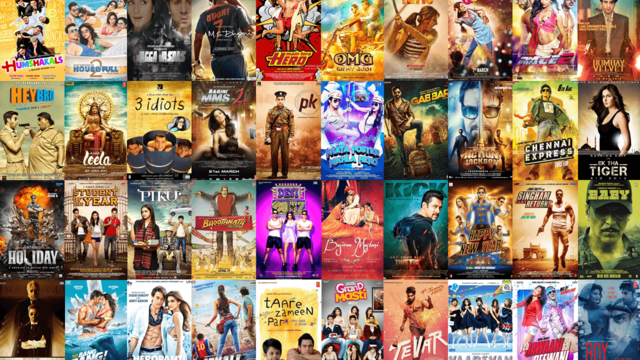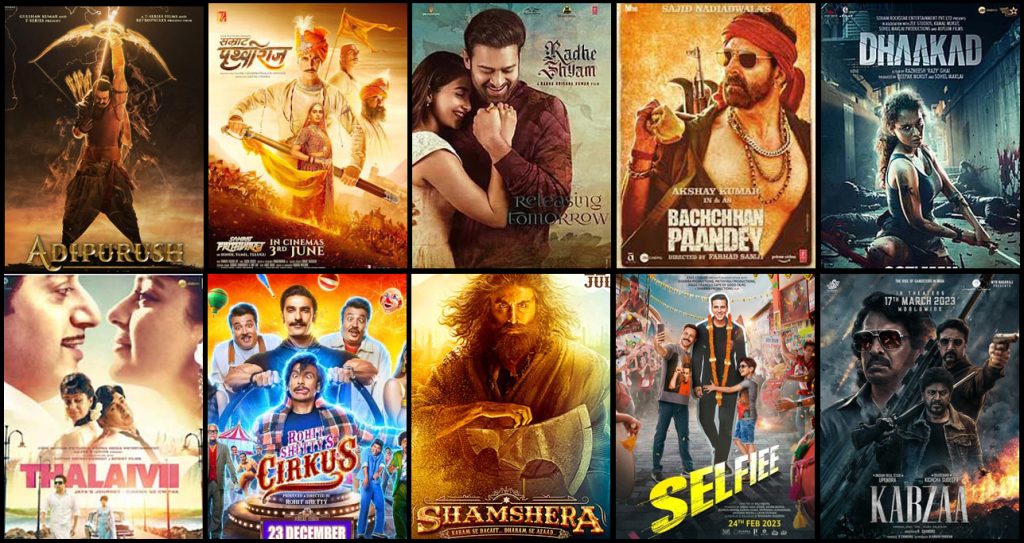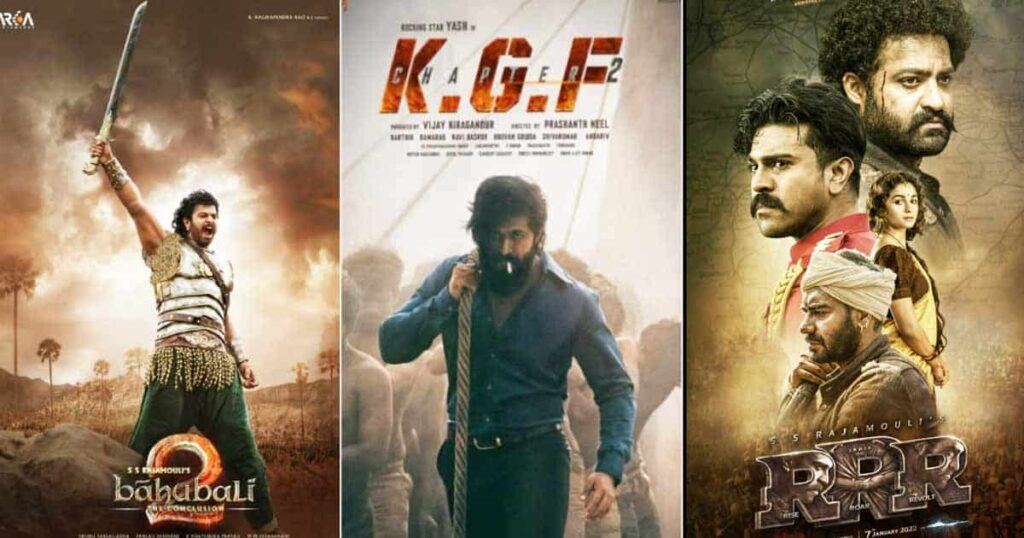Introduction
Indian film, frequently alluded to as “Bollywood,” is a true to life kaleidoscope that offers an entrancing mix of feelings, culture, and creativity. For quite a long time, it has caught the hearts of millions around the world, not just for its famous dance groupings and sweet melodies yet in addition for its capacity to mirror the different embroidery of Indian culture. In this article, we leave on an excursion through the charming universe of Indian motion pictures, investigating their set of experiences, social effect, and novel qualities that put them aside on the worldwide stage.
A Historical Odyssey
Indian cinema traces its roots back to 1896 when the Lumière Brothers showcased their “Cinematograph” in Bombay. The first Indian film, “Raja Harishchandra,” directed by Dadasaheb Phalke, was released in 1913, marking the beginning of a fascinating cinematic journey. Since then, Indian cinema has come a long way, evolving from silent films to the vibrant and expressive industry we know today.

A Multilingual and Multicultural Canvas
One of the most exceptional highlights of Indian film is its multilingual and multicultural nature. India is an immense and different country with 22 formally acknowledged dialects and a plenty of territorial tongues. Thus, Indian producers produce motion pictures in a few dialects, including Hindi, Tamil, Telugu, Bengali, Punjabi, Marathi, and some more. Every locale adds to the mosaic of Indian film, offering extraordinary stories, customs, and flavors.
Diverse Genres and Themes
Indian motion pictures are praised for their capacity to investigate many kinds and subjects. While the quintessential Bollywood recipe frequently incorporates sentiment, show, and music, Indian film dives a long ways past these limits. It wanders into verifiable legends like “Lagaan,” coarse wrongdoing shows like “Packs of Wasseypur,” and provocative social discourse, for example, “Taare Zameen Standard.” This variety in narrating is a demonstration of the lavishness of Indian culture and society.
Music and Dance: The Heart and Soul
Music and dance have always been integral to Indian cinema. Songs in Indian movies are not merely for entertainment but serve as a means of storytelling and emotional expression. Melodious tunes and mesmerizing choreography elevate the cinematic experience to a whole new level. Iconic dancers and singers like Madhuri Dixit, Lata Mangeshkar, and A.R. Rahman have left an indelible mark on the industry.

The Global Reach
Indian cinema has transcended geographical boundaries to reach audiences around the world. Bollywood films, in particular, have garnered a substantial international following, thanks to their universal themes, emotions, and catchy songs. The success of movies like “Slumdog Millionaire” and “Dangal” has brought Indian cinema to the forefront of global entertainment.
Cinematic Icons
Indian cinema has produced legendary actors and directors who are celebrated not only in India but also internationally. The charisma of actors like Amitabh Bachchan, Shah Rukh Khan, and Aamir Khan is unmatched, while directors like Satyajit Ray and Mani Ratnam have left an indelible mark on world cinema. These icons have contributed significantly to the evolution of Indian movies.
Challenges and Evolution
While Indian film has made amazing progress, it hasn’t been without its portion of difficulties. The business has wrestled with issues like robbery, control, and rivalry from the worldwide film market. Be that as it may, it has likewise adjusted and advanced, embracing new innovations and narrating procedures.
The Rise of Independent Cinema
In recent years, there has been a surge in independent Indian cinema. Filmmakers are pushing the boundaries of storytelling, exploring unconventional themes, and experimenting with narrative structures. Movies like “The Lunchbox” and “Newton” have garnered critical acclaim both nationally and internationally, showcasing the potential of independent Indian cinema.
Indian Cinema in the Digital Age
The advent of streaming platforms has revolutionized the way Indian cinema is consumed. OTT (Over-The-Top) platforms like Netflix, Amazon Prime, and Disney+ Hotstar have provided a platform for smaller, niche films to reach a global audience. This has given rise to a new era of storytelling, where content is king, and talent knows no geographical bounds.

Cultural Impact
Indian cinema goes beyond entertainment; it influences fashion, language, and even societal perceptions. The iconic fashion of Bollywood stars, from sarees to tuxedos, has left a lasting impression on Indian clothing trends. Moreover, the power of cinema to address social issues has led to real-world change. Films like “Pad Man” and “Pink” have sparked conversations and driven social reform on topics like menstrual hygiene and consent.
Conclusion
Indian film isn’t simply an industry; it’s an impression of the spirit of a country. It typifies the variety, culture, and feelings of a billion group. From the cinema to worldwide film celebrations, Indian motion pictures keep on charming crowds with their interesting mix of creativity and narrating. As the business keeps on developing in the computerized age, one thing is sure: Indian film will stay an amazing powerhouse, charming watchers all over the planet for a long time into the future.
3 thoughts on “Indian Cinema: A Kaleidoscope of Emotions, Culture, and Artistry”
Comments are closed.